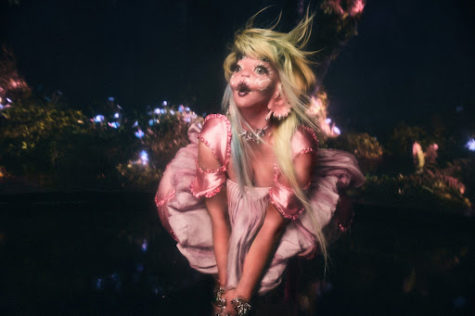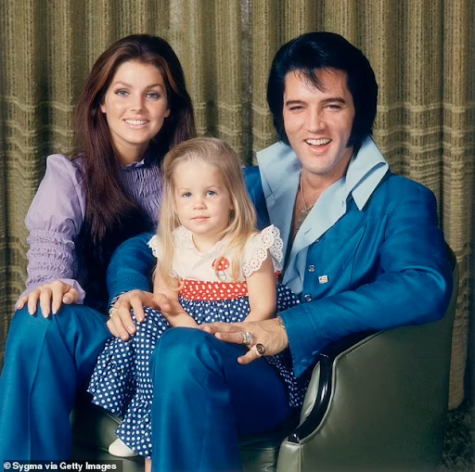Lab Leak Theory: The Source of Controversy and… COVID-19?
COVID-19 first appeared in late December 2019 in Wuhan, China.
March 31, 2023
Three years have passed since the bustling world was abruptly forced into lockdown as a result of the COVID-19 pandemic. Since then, people have been searching for an adequate answer that resolves the question of what started it all.
Since the rise of the coronavirus, scientists have believed that the outbreak originated from the Huanan Seafood Wholesale Market in Wuhan, China. The New York Times reported that the raccoon dogs sold at this marketplace may have served as an intermediate host for the virus. According to Mrs. Angerson, who teaches AP Biology at Ramapo, “Coronaviruses are actually found in many animals.” Many believe that the virus jumped from live mammals to humans; this phenomenon is called zoonotic spillover.
However, another explanation for the COVID-19 outbreak has gained traction: the lab leak theory.
This theory argues that the virus originated from the Wuhan Institute of Virology, a lab that lies less than a kilometer away from the market (Al Jazeera). This facility was known to be researching coronaviruses and pathogens. Mrs. Angerson explains what occurs at such a laboratory: “I’m not an expert on viruses but I do know there are lots of gain-of-function experiments being performed. Scientists manipulate viruses to have new and sometimes more dangerous capabilities that do not occur in nature. These experiments are important in helping us understand how we might be able to handle future pandemics.”
She continues to explain what may be the result of the research: “Some of these capabilities include jumping from species to species. The new properties these viruses are endowed with are not all dangerous, but the fact that they can make some of these experiments is quite controversial.”
According to Al Jazeera, accidental lab leaks have occurred before in Taiwan, China, and Singapore. In 2016, a lab leak almost occurred in the United States at the University of North Carolina at Chapel Hill. A scientist studying genetically engineered coronaviruses was bit by a mouse infected with a lab-created type of SARS coronavirus. While this was the case, she was still allowed to interact in public areas and continued to live her life as usual. Luckily, she was not infected (ProPublica).
It has been difficult to determine the origins of COVID-19 because evidence is hard to come by. By the time Chinese researchers arrived at the Huanan market to collect samples, the police had already disinfected the entire place and gotten rid of all live animals (New York Times). China has also faced scrutiny for demonstrating a lack of transparency. Al Jazeera reveals that the Chinese government did not officially declare the virus was contagious through human-to-human transmission until January 20, 2020, even though cases started arising in late 2019.
The debate regarding the true origins of the coronavirus has been starkly split. Many believe that zoonotic spillover is a more credible theory, while others argue a laboratory leak is a more reasonable answer. At Ramapo, AP Biology student Kirk Tsocanos contends, “At the start of the pandemic, many people opposed and shot down the idea of a possible lab leak. But, now that more information has come out that could support a lab leak of the coronavirus, it feels hypocritical that many people who previously opposed the idea now accept it as a theory.”
As the world steadily reverts back to its restless nature, only time will tell if authorities can finally unanimously agree on what the true cause of the COVID-19 pandemic is.
Sources:






